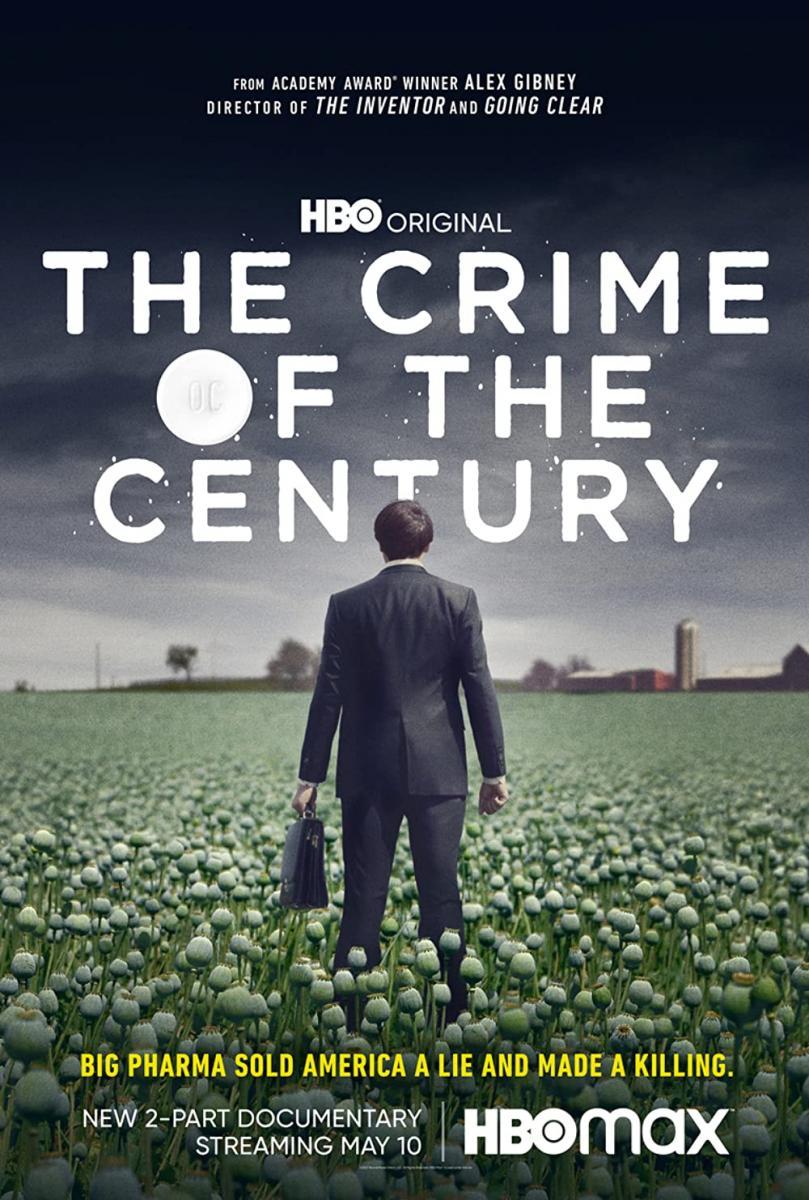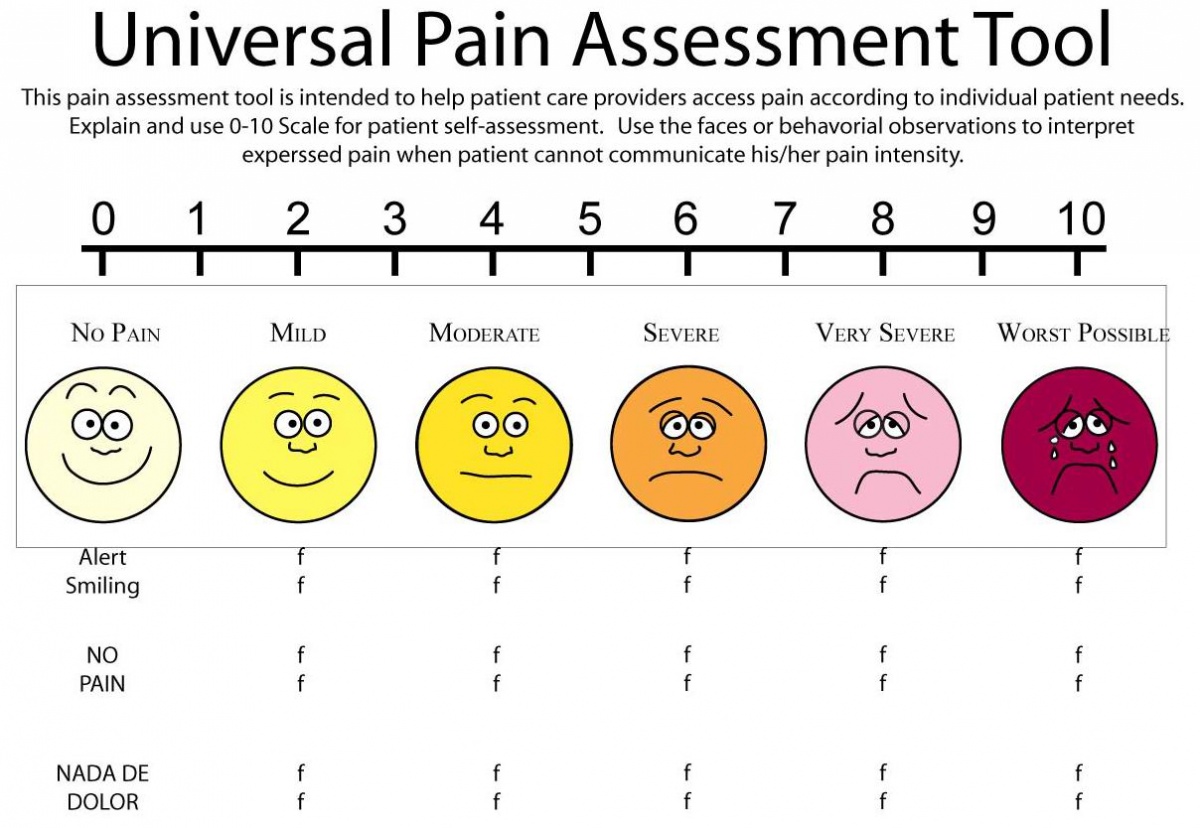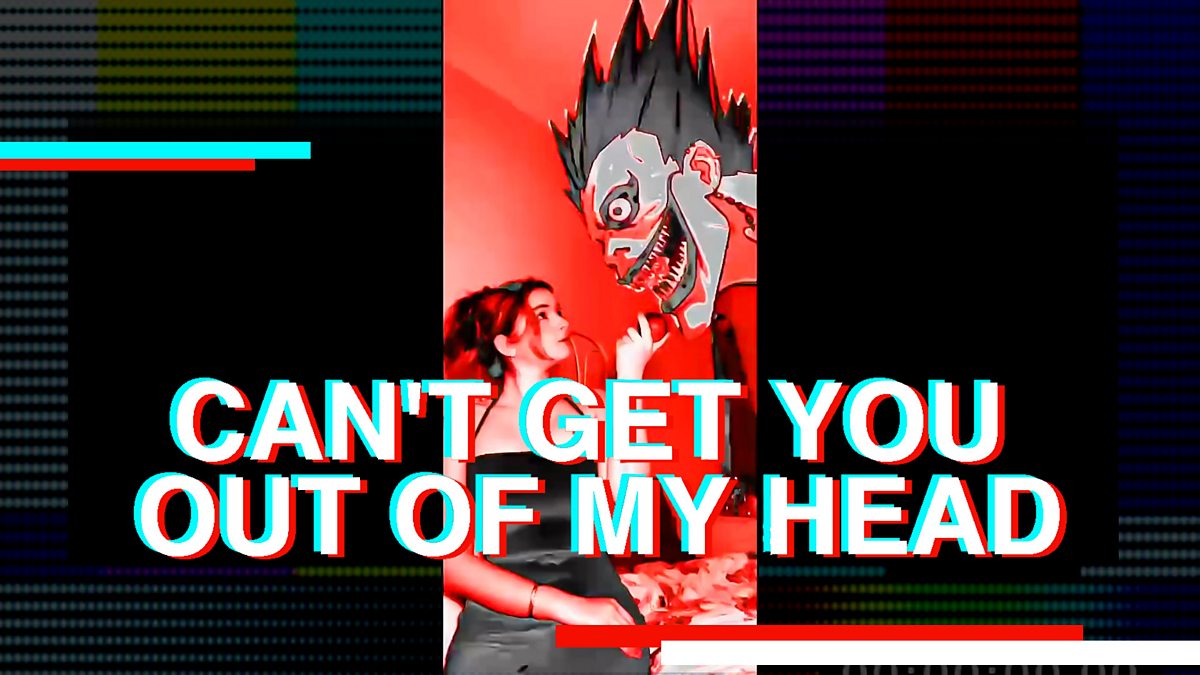spacetime coordinates: late 20th c and early 21st c USA
Investigation cum documentary mini series produces by HBO and directed by Alex Gibney who also directed The Inventor: Out for Blood in Silicon Valley, Going Clear: Scientology and the Prison of Belief (winner of three Emmys in 2015), We Steal Secrets: The Story of Wikileaks, Mea Maxima Culpa: Silence in the House of God (the winner of three 2013 primetime Emmy awards), Enron: The Smartest Guys in the Room (nominated in 2005 for Academy Award for Best Documentary Feature); Client 9: The Rise and Fall of Eliot Spitzer (short-listed in 2011 for the Academy Award for Best Documentary Feature), Casino Jack and the United States of Money and Taxi to the Dark Side (winner of the 2007 Academy Award for Best Documentary Feature) etc
Gibney’s style is quite gonzo, yet also influenced by the Bunuel The Exterminating Angel approach that refuses a reductionist, simple analytical perspective and offers a more experiential one. I am tempted to say that pain -and tremendous suffering cannot be just measured – especially when it’s about the left behind & especially since it exists as such a vast scale. Pain has been coupled with blackouts with all those images of unknown worn-out people that rescuers just try to revive or try to inject in order activate their bodies again and again. It is impossibly sad but also important to face this reality. Probably this will be the definitive documentary on Big Pharma and specifically the so-called pain epidemic in the US. It is really a close look at how things got out of hand and how the slow creep of ever more powerful and addictive pills got legally distributed, prescribed and paid by health insurance companies producing some of the most successful IPOs at the stock market and undoubtedly the profitable businesses on this planet. One cannot ever ever imagine the level of craziness and impetus of pushing (better said dealing as in drug dealing) that 21st century Pharma has revved up. There is infinite growth and there is infinite painkiller growth.
First importantly to understand that initially what seemed a good solution – a transition from traditional very brutal mental health therapy in the 1950s – shock treatment and lobotomy regulars in asylums at the time to a more humane, chemical (also say alchemical in tune with the Alchemical Cookbook movie) had much to offer. What started as finding a viable & more effective pain relief for terminal cancer patients that suffered from chronic (or constant) pain – that lead to some groundbreaking discoveries such as long release/extended release medicine ended up being readily available pipeline for anyone ache or no ache, with terrible consequences for the everbody. The 4h long investigation details the way regulatory institutions and a few health professionals strove without much success to warn everybody, shut down producers and try and bring health justice to the people that have been overwhelmingly blamed (the fault lies with you the patient, the addict, the lab rat). Many died because of this readily available and very profitable pill production. Since the developement of anestethics, there has been huge resistance, generally unjustified since doctors really believed patients should suffer or that bodies get purged by suffering – yet the current sitution is at the opposite pole. Pain has been transformed into No 1 enemy, entire clinics, methodologies, pain scale assesssments and pain lecture circuits (including lobbies & pain clinics) have been mushrooming. The result was exponential, the more available the more potent these pills became. Also big ignorance, or willful ignorance to what was happening not only in the private industry labs but also on the streets, the way ppl started circumventing, trafficking and how addicts in turn organizing their own DIY rings and local networks. The reality is much worse than the largely dystopian and conservative vision of Brave New World – in that pharmocracy is still largely highly patented full of patent trolls with no R&D investment.Oxy and the rest did encourage a maintenance of status quo, yet with no equilibrium steady state in view but a continuous disequilibrium, of heaped vulnerabilities latched on and gamed by systems that rarely recompose or manage to protect a majority smashed by decades of neoliberal depredation and legislative loopholes.
What is important is that is also makes clear that this is just one sequence of the story – of opiates and traditional opiate derivatives from poppy that was grown since antiquity. Once industrialized and processed opium became a weapon to open up new markets and balance out imperial trade deficits, most famously and disastrously (for China) during the Opium Wars it became an essential part of modern medicine. Those wars that European imperial powers forced on others in order to make them accept the very lucrative opium traffic in exchange for silver bullion had huge consequences. Generally when the Opioid crisis is mentioned, there is a sort of amnesia regarding the laissez faire economics and open door policies that basically got millions of Chinese addicted to opium traded by the British from the Indian Raj. China tried to fight and destroy these shippments of drugs, but the result was war and gunboat politics as well as territorial concessions by the Chinese, a shameful situation that lasted till 1990s in the case of HK.
One memorable aspect is the whole sales aspect of Pharma (Perdue or otherwise), in my experience one of the most surreal and most brash examples of marketing anywhere, in any industry, including tobacco or arms deals. There is this sequence of training videos for internal use – tactics destined for sales reps ob hip hop rap lyrics, aimed at those that are supposed to convince doctors trough any means (including honey traps or regular bribes etc) that they should continue over-prescribing or increase the dosage. It almost reminded me of Bulgakov based movie Morphine by Aleksei Balabanov with the slowly depedent provincial doctor in Siberia increasing his dosage in order to keep others supplied and face the horrible situation. This in turn has been feeding other more potent drugs in a feedback loop that also ramped up heroin use addiction. The whole is just the alchemy of hell that somehow manages to inundate all sectors, all ages and all problems, especially the Mid West section, former mining towns, rust belt, Appalachia etc
Nothing is a conspiracy because, as always legislation seems to be written in collusion with the makers, where Pharma representatives meet in restaurants with FDA to draft laws around the distribution and safety of these medication. Emails and papers made public speak volumes, yet they always arrive too late. There is also the important art collecting and philantropic aspect of the Sackler family (sponsors of Tate, Smithsonia, Museum of Natural History etc Guggenheim), that denied all responsibility. What I like about Gibney that he does not focus or zoom in just on the founders, of the particular details of the Sackler clan, but takes a broad look into lots of other corners and examples that are not so easy to tie down. Interestingly (for me) is the emphasis on “passion”- in the sense that it truly seems to be a some sort of addiction going on with the founders or CEOs as well. It is easy to demonize Pfizer and just latch onto colorful vaxxer imagination, but it is harder to represent or imagine the vast legal production and pill mill explosion that does not need a virus or an epidemic, or CDC approval, only just incentives by vast amounts of in-flowing money and expansion from cancer patients into new territories and unfettered free access to new bodies.
Everything what they make is with “passion”, and the quote from Sackler Sr about Art and Medicine I find magical in its imbecile purity and mantra like appearance. It has lots of insiders talking, sales reps that where scapegoated and somehow spilled over all that information about whole logic (dare I call it corporate philosophy), of how things actually worked in practice not just on paper. How did this long term persuasion exercise continue and how distributed it got till the end or how hard it is to actually separate state institutions from private interests. Gibney does not exculpate the Sacklers, yet he zooms in order to widen the net and this I appreciate. Revolving doors, people joining the enemy camp happen all the time, at the same time, there is also some sort of permanent watchdogs of the industry, there is also enduring scrutiny by people who are not anti-science or anti-medicine or anti- pills per se, but regular almost barfoot (like the Chinese countryside dr) health soldiers, local family doctors or ex DEA employees on a crusade against Big Pharma. Like always corporation prefer to settle out of court, pay fines (that are merely symbolic in most cases) and never admit wrongdoing.













